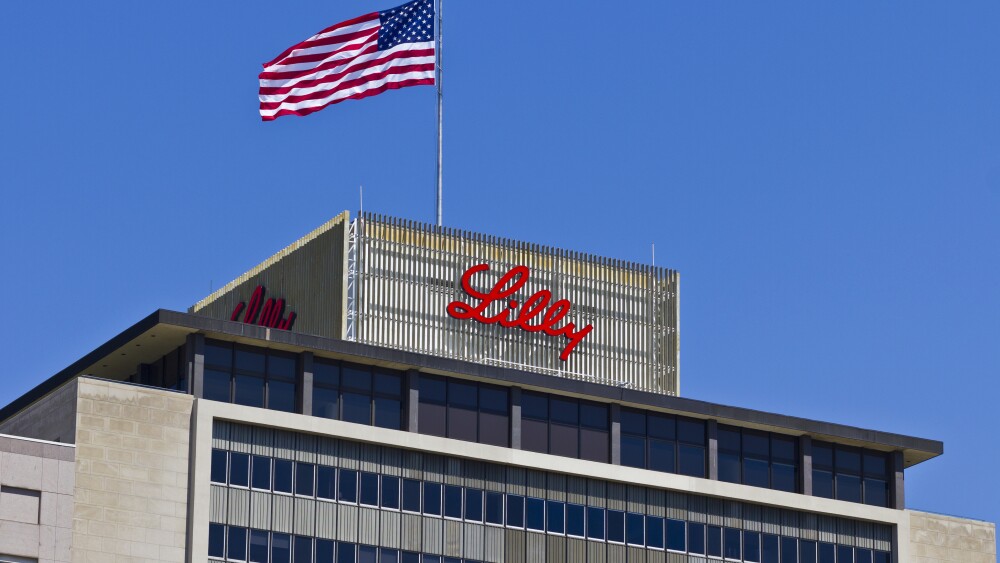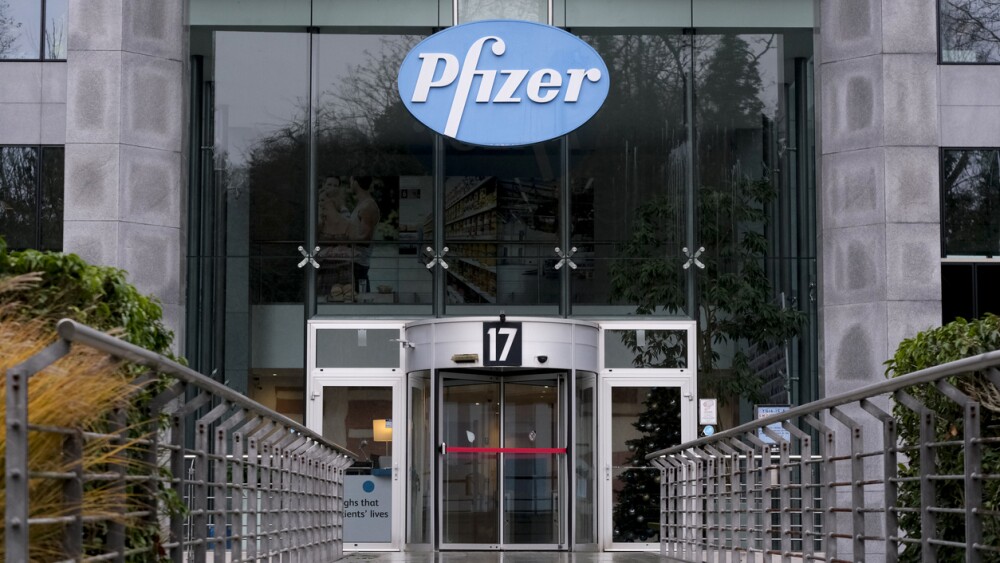The White House may have struck a deal with Eli Lilly and Novo Nordisk last week to lower the costs of their weight loss drugs for patients, but knockoff versions of Zepbound and Wegovy still permeate the obesity market.
Obesity drug giants Eli Lilly and Novo Nordisk both cut deals with the White House last week, offering their blockbusters Zepbound and Wegovy at rock bottom prices: $350 per month, compared to their list prices of $1086 and $1350.
But no matter how low they go, the undisputed GLP-1 leaders can still be undercut by drug compounders, according to Steven Grossman, policy and regulatory consultant and author of the FDA Matters blog. And despite the legal gray area in which these companies operate, the FDA has done little so far to stop them, Grossman told BioSpace.
Compounders had stepped into a vacuum left by a temporary shortage of GLP-1 drugs, which allowed them to manufacture those drugs temporarily. Even though that shortage was declared over in February, however, compounders are still pumping knockoffs into the market.
“They aren’t just going to disappear,” Grossman said. “The economics would suggest they have no reason to disappear.” If Lilly and Novo sell their drugs for $350, or even less, compounders can simply drop their prices below that. Because they have not taken on the cost of research and development or even the marketing of these drugs, he explained, their margins can absorb a constant undercutting of Big Pharma’s pricing.
Grossman compared the situation to the shadow pricing practices of airlines. “If an airline gives a discount on a route, another can just come along and match it.”
A Compounding Problem
The FDA added Novo Nordisk’s semaglutide to its shortage list all the way back in 2022, and Eli Lilly said its obesity drug tirzepatide was in shortage in April 2024. That led to a gold rush into the nearly $17 billion obesity market, with compounders legally allowed to manufacture the drugs while the shortage was in place. Manufacturers of research peptides also got in on the action, leading the FDA to send warning letters regarding the promotion and sale of unapproved weight-loss drugs.
These sellers, as well as telehealth companies and even wellness spas, have persisted in the GLP-1 space. That’s despite the official shortage for tirzepatide ending in October 2024 and semaglutide’s ending in February of this year, meaning all has been well for the two obesity providers for over eight months. This is due both to the unhurried pace of the FDA when it comes to regulating compounders, Grossman said, as well as the pharmacies’ taking advantage of the other avenue that allows them to make a knock-off version of a drug: personalization.
This is the process through which a compounder tailors a drug to patients—whether by making a Parkinson’s drug easier to take for a patient who has difficulty swallowing or giving a children’s medicine with a disgusting taste a more palatable flavor.
“Some compounders are adding vitamin B12 and supplying it to patients as if that’s personalization,” Grossman said. They do this even though there’s no clinical evidence that adding B12 helps patients in any way, or even that it doesn’t hurt them, he said. Other compounders sell microdose versions of GLP-1s, putting them into gray areas that aren’t illegal but are also not well-regulated.
Other observers, like former FDA associate commissioner Peter Pitts, noted that personalization schemes can be used to effectively hide mass production activity. Wall Street is noticing too—Novo CEO Maziar Mike Doustdar faced questions on compounders even while standing in the Oval Office to talk about drug pricing.
These microdose versions are not subject to the same regulations as mainline manufactured drugs, Grossman explained. That means their manufacturing isn’t subject to Good Manufacturing Practices and FDA inspections, and their advertisements aren’t required to come with the blizzard of disclosures most drug ads carry. An advertisement for weight loss drugs sold by Hims and Hers Health during a football game, for instance, was so generic it could have been an ad for just about anything, Grossman wrote in September.
“Ads are interesting,” Grossman said. “If you’re personally compounding, you don’t even have to label the drugs.”
What can the FDA do to get compounding monkeys off the pharma industry’s back? It could, according to Grossman further crack down on the personalization loophole that compounders have taken advantage of, enjoining their manufacturing practices and taking them to court. But Grossman had other suggestions, like adding GLP-1 drugs to a not-appropriate-for-compounding list that the FDA proposed in 2024 under sections 503A and 503B of the Federal Food, Drug, and Cosmetic Act.
For now, though, compounders continue to skirt the regulations. As Grossman said, “These guys are saying ‘We’re personally compounding and that’s not regulated. We can do whatever we want.’”









